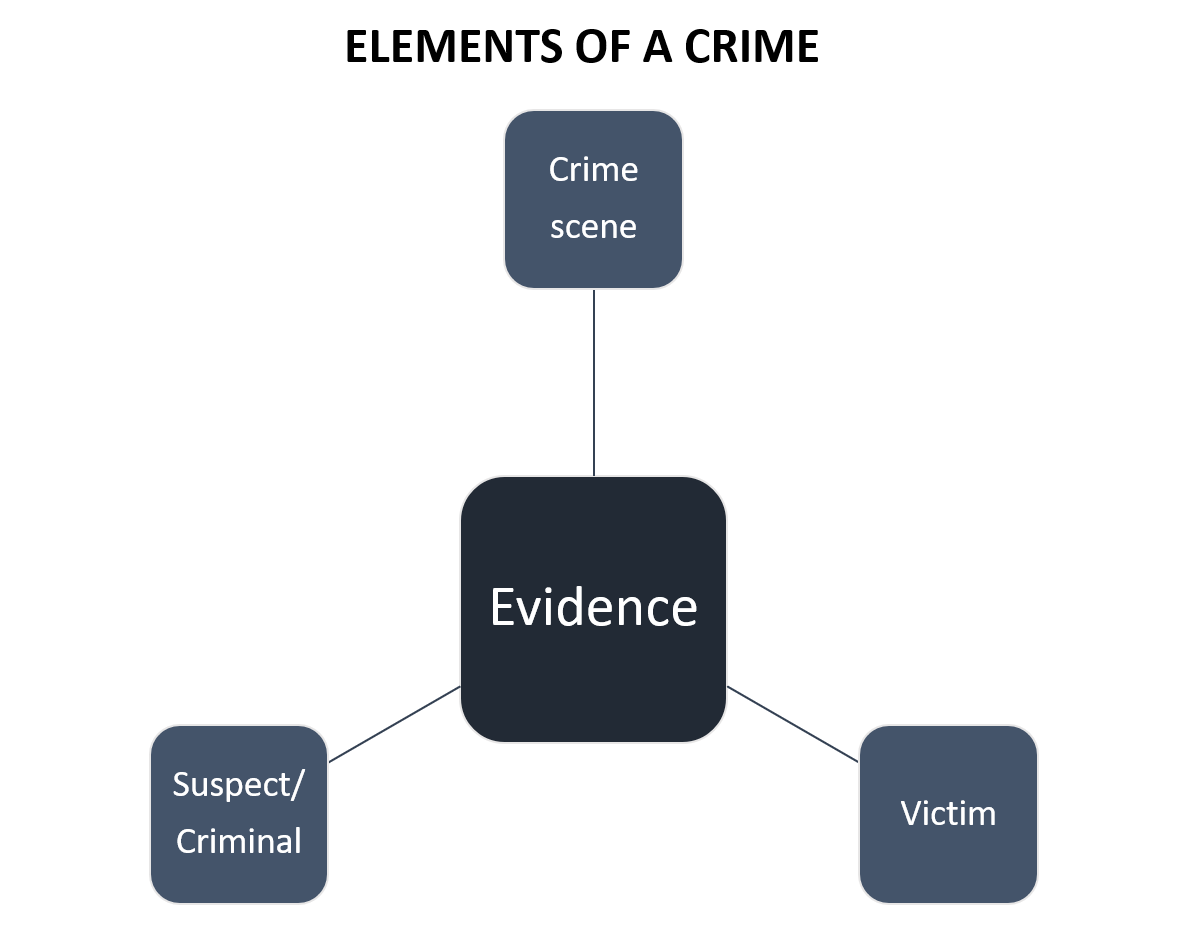Digital Forensics: An Introduction
Digital Forensics is the application of scientific methods in preserving, recovering, and investigating digital evidence in a Digital crime scenario. It can be correctly defined as, collection, examination, analysis, and documentation by using scientifically proven methods to investigate a digital crime and present it before the court.
Table of Contents:
- Elements of a Digital Crime
- Goals of Digital Forensic Investigation
- Classification of Digital Forensics
- Digital Evidence
- Principles of Digital Forensics
- Process of Forensic Investigation
- Types of Tools
Elements of a Digital Crime
To prove a digital crime, as an investigator you should have the following elements to bring out a conclusion. All the elements will be related to one another in a more or so.

Goals of Digital Forensic Investigation
As a digital forensic investigator, you should have a goal for investigation. Depicted below are the five most important goals of investigation;

Classification of Digital Forensics
Digital forensics is a very broad term that has various classifications within it. The most popular forensic investigations are as follow:
- Computer Forensics: It is the most primitive type of digital forensics which usually was introduced in the early evolution of computer systems. It includes investigating computers, laptops, logs, USB drives, hard drives, Operating systems, etc.
- Network Forensics: It includes investigating by analyzing network events, intrusion, and data packets that were transmitted to detect network attacks.
- Multimedia Forensics: It comprises of investigation of images, audio, and video files that are recovered as evidence in a digital crime scene.
- Mobile Forensics: It comprises of investigation of smartphones like android, iOS, etc for finding digital evidence and recovering the deleted data important for the case.
- Memory Forensics: It is the forensic investigation of the memory or ram dump of the system to find out volatile memory like chat history, clipboard history, browser history, etc.
- Cloud Forensics: Considering the virtual storage are in demand, the investigation of the cloud environment also plays a key role in a digital crime scene for gathering evidence.

The classification of digital forensics isn’t limited to the above diagram and as t can be classified into more depending on the cases.
Digital Evidence
Digital evidence or electronic evidence can be defined as any object that stores digital information and transmits it in any form which was used in the act of crime or in supporting the investigation of the case in a trial before the court.
The evidence found at the crime scene should have two key properties
- They should be admissible in the court
- They should be authentic.
The digital evidence can be like of various types and should be availed ethically by following the prescribed guidelines of investigations. Here are a few digital evidences in the diagram below, but the list goes on.

Understanding Data and Metadata
The difference between the data and the metadata for the forensic investigation can be easily understood with the help of the diagram below;

Principles of Digital Forensics
- Securing the Crime Scene: This is the most primary principle of Digital Forensics. As an investigator you should prohibit any access to your suspected digital evidence, document all processes and connections, disconnecting wireless connections, etc. to keep your evidence secure.
- Limiting evidence Interaction: As an investigator, you should make sure that your evidence is having a limited interaction by capturing the ram and can also perform cold boot attacks on the evidence.
- Maintaining Chain of Custody: Chain of custody is a record of sequence in which the evidence was collected, date and timestamps at the collection, the investigator who accessed and handled it, etc.

Process of Digital Forensic Investigation
- Identification: This is the first step that an investigator takes at the crime scene is to identify the purpose of the investigation and recognize the potential digital evidence.
- Preservation: This is the next step where the investigator has to be careful as he should make sure that the evidence has not tampered which may complicate the investigation
- Collection: This step involves acquiring the evidence most appropriately without causing any harm to the evidence and packing it in a Faraday Bag.
- Examination: This step is a precursor to performing any analysis of the evidence. This step requires careful inspection of the evidence for any other secondary details.
- Analysis: In this step, the investigator carries out the most crucial things like joining the bits and pieces of the pieces of evidence, retrieving deleted files, etc.
- Interpretation: This step involves concluding the investigation finding after reconstruction of the crime scene.
- Documentation: This step usually involves preparing a detailed report or a document on the entire investigation.
- Presentation: This is a mandatory step only when it is asked for cross-examination which is to be mentioned in very simple terms of understanding for commoners.

Types of Tools
An investigator needs to have the right set of tools for conducting a digital forensic investigation. It is for the investigator to decide the tool appropriate for the case. The tools also depend on the application based on hardware and software. The types of tools can be classified into three types; Open Source, Proprietary, and Self-created.

Conclusion
Hence, we have covered the basic understanding and requirements for Digital Forensic Investigation.
Author: Jeenali Kothari is a Digital Forensics enthusiast and enjoys technical content writing. You can reach her on Here
Awesome blog or article👌👍